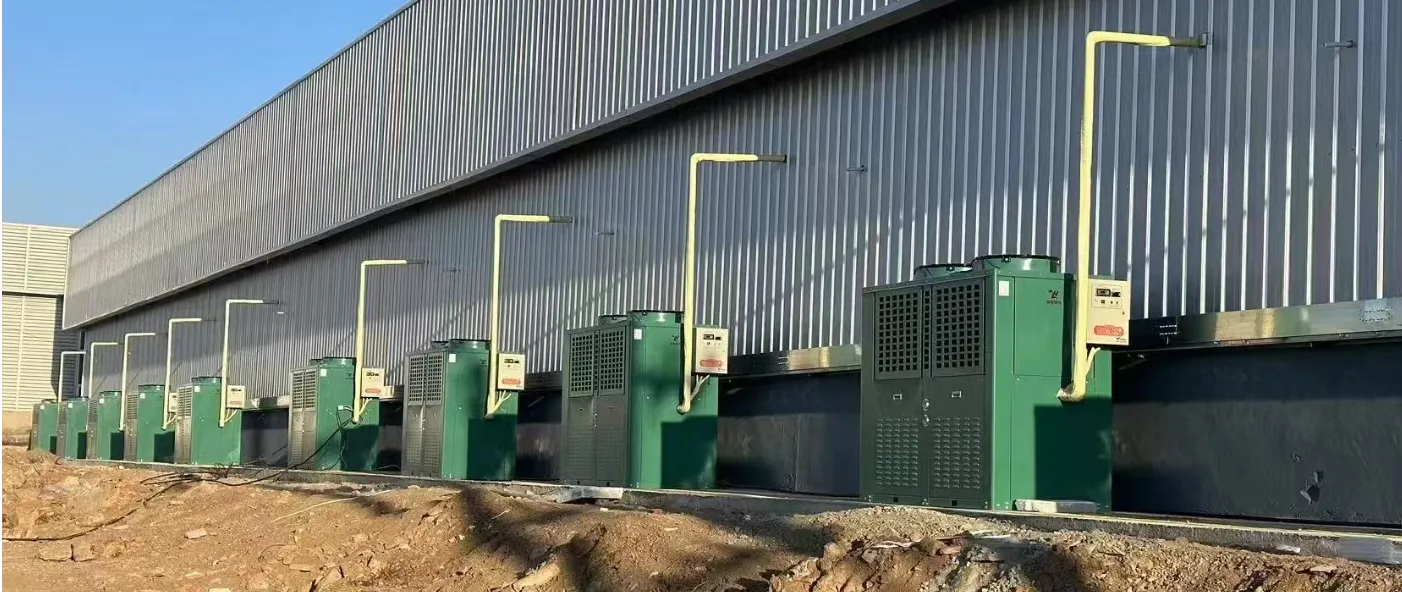Understanding Split System Condensing Units in HVAC Applications for Optimal Performance
Understanding the Condensing Unit in Split Systems
A condensing unit is a critical component in a split system, often used in air conditioning and refrigeration applications. Split systems, as the name suggests, consist of two primary components the indoor unit and the outdoor condensing unit. This separation allows for more efficient cooling and heating processes, as the noisy parts of the system are located outside the living or working space.
What is a Condensing Unit?
At its core, the condensing unit is responsible for expelling heat from the refrigerant that has absorbed heat from inside a building. It operates on the principles of thermodynamics, primarily using a compressor, condenser coil, expansion valve, and evaporator to cycle refrigerant and manage heat exchange.
1. Compressor This is the heart of the condensing unit. The compressor pumps the refrigerant vapor, raising its pressure and temperature before it moves to the condenser coil. This process effectively converts the refrigerant from a low-pressure gas to a high-pressure gas.
2. Condenser Coil The high-pressure gas then enters the condenser coil, where it releases heat to the outdoor air. This is typically achieved with the help of a fan that blows air over the coil. As the refrigerant releases heat, it condenses and transforms into a high-pressure liquid.
3. Expansion Valve After leaving the condenser coil, the high-pressure liquid refrigerant passes through the expansion valve, which reduces its pressure. This reduction in pressure allows the refrigerant to expand and cool significantly, becoming a low-pressure liquid.
4. Evaporator Unit The cooled refrigerant then flows into the evaporator coil located in the indoor unit. Here, it absorbs heat from the indoor environment, cooling the air that is circulated back into the space. The refrigerant then returns to the compressor, completing the cycle.
Advantages of Split System Condensing Units
1. Efficiency Split systems tend to be more energy-efficient than traditional centralized systems. The outdoor unit can be placed in a location that maximizes airflow, reducing the workload on the system.
2. Noise Reduction Since the compressor and condenser are located outside, the noise associated with these components does not disrupt indoor comfort, unlike traditional window units or central systems.
condensing unit split system

3. Flexible Installation The split design allows for flexible installation options. The indoor and outdoor units can be positioned at a considerable distance, making them suitable for various building layouts.
Maintenance Considerations
While split system condensing units offer many advantages, regular maintenance is essential for optimal performance. Here are some maintenance tips
1. Clean the Coils Dust and debris can accumulate on the condenser coils, impeding heat exchange efficiency. Cleaning the coils regularly ensures smooth airflow and effective operation.
2. Check Refrigerant Levels Low refrigerant levels can indicate leaks or inefficiency. Regular checks are essential to maintain optimal levels for effective cooling and heating.
3. Inspect Electrical Components Regular inspection of electrical connections and components can prevent potential failures and extend the lifespan of the system.
4. Schedule Professional Servicing It's advisable to have a qualified technician inspect the system at least once a year. They can perform thorough checks and servicing tasks that homeowners might overlook.
Conclusion
In summary, the condensing unit in a split system plays an indispensable role in efficient climate control. Understanding its components and functions helps homeowners make informed decisions regarding installation, maintenance, and operation. The integration of such units in residential and commercial settings is indicative of a growing trend toward energy-efficient solutions in HVAC systems. With proper care and maintenance, a split system equipped with a condensing unit can provide reliable and efficient cooling and heating for many years. Whether for comfort or energy savings, the condensing unit remains a pivotal factor in modern air conditioning technology.
















































































































